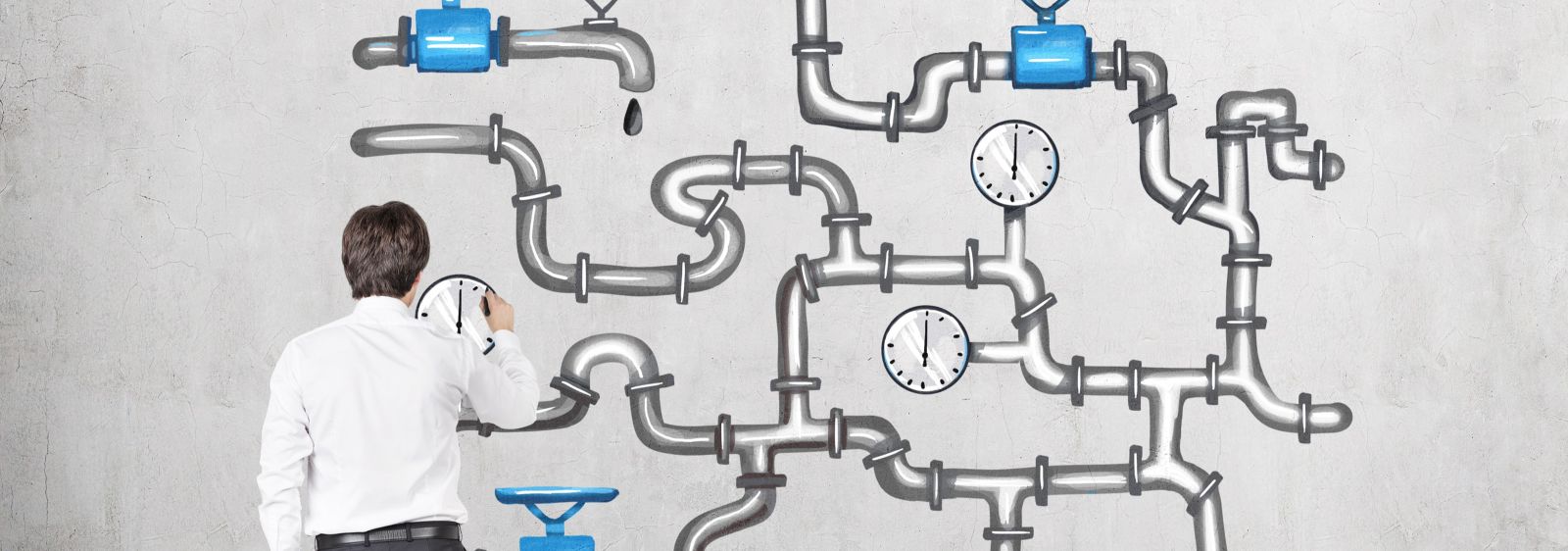
heating grids
Artificial intelligence to improve load forecasts
Years of fruitful cooperation between Kempten University of Applied Sciences and the district heating supplier “Fernwärme Ulm” have paid off for both parties in their current research project, DeepDHC. Fernwärme Ulm makes considerable amounts of data available to the researchers, who then use these data to allow for more flexible and efficient use of district heating plants.
Reliable predictions of imminent heating loads are essential for this. If these are available, CHP plants can be efficiently coupled with heat stores and power-to-heat technologies such as large-scale heat pumps and direct heaters. To find out the plants’ ideal mode of operation, the scientists conducted computer simulations of various versions in the predecessor project. The results of the project KWK-Flex concerning high-flexibility, electricity-powered combined heat and power generation using thermal stores and power-to-heat technologies can now be used by the district heating sector. Kempten University of Applied Sciences has released a user guideline.
“It’s important to understand the context”
With the recently launched follow-up project, DeepDHC, the researchers are now going a step further and relying on the use of artificial intelligence. “Some of the methods that we are using here are from speech recognition,” says project leader Professor Dr. Matthias Finkenrath of Kempten University of Applied Sciences. “What makes these methods special is that they filter patterns out of large data sets and use them to create forecasts with great efficiency. But it’s also important to understand the context of the data. For example, there is a correlation between the day of the week and heating demand/consumption.

The scientists combine various procedures in their investigations. On the one hand, there are conventional machine learning procedures based on decision trees (Fig. 1). On the other hand, artificial neural networks are used. A neural network is trained using background measurement data so that the model being developed can determine the dependent output variable to within a certain accuracy based on the input variables (Fig. 2). In order to achieve the best possible load forecasts, the load forecast procedures are combined with and weighted by another machine learning procedure.

Forecast models cut costs
The scientists use historic data from Fernwärme Ulm in their investigations. They can use these data and the models from the predecessor project KWK-Flex to test how the new forecasting options impact on finances. “District heating suppliers are under increasing pressure to cut costs. This is in part due to the increasing cost of CO2. Fossil energy carriers are becoming more expensive, making the option of feeding in renewable energy more attractive,” says Prof. Finkenrath. Additional experience is added to the project through the participation of the district heating supplier ZAK Energie GmbH and the energy efficiency association for heating, cooling, and CHP (AGFW).
Test in control system scheduled
Currently, the experts are processing data and carrying out programming work. They will subsequently test just how reliable the developed procedures are. In order to be able to study different application cases here, they simulate various types of district heating networks. In the long term, the plan is to test the results in practice in the control system of Fernwärme Ulm.

